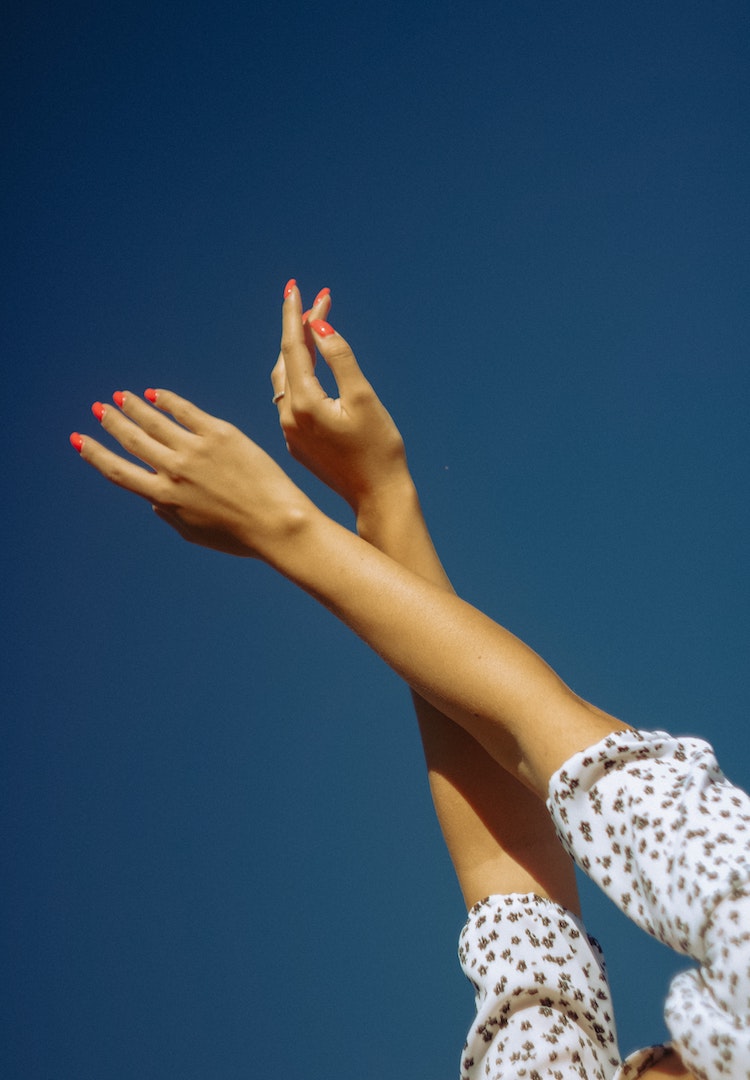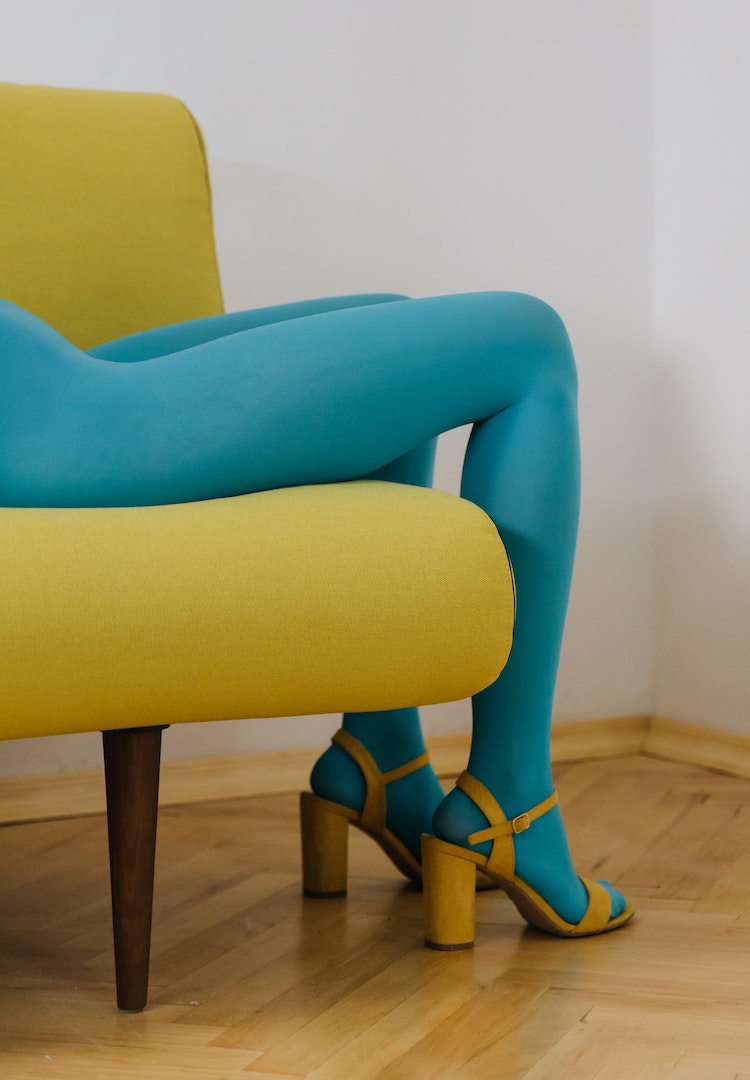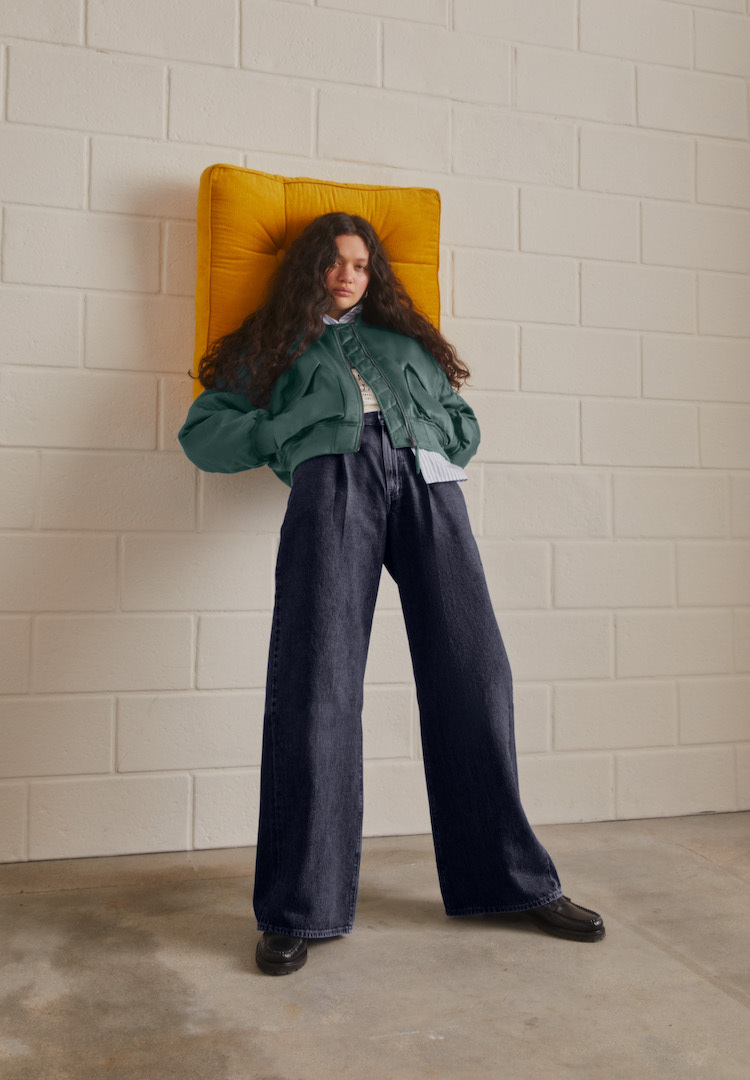Why do my nipples hurt when I’m cold? I ask a doctor
WORDS BY CAT FORSYTH
Just girlie things.
It was the depths of winter in Melbourne. My freshly straightened hair was fighting against the pelting rain, there were goosebumps prickling my arms (despite the layers of jumpers I’d thrown on in preparation for this exact weather), I was running late for work and my takeaway coffee was $7 (obscene). I was feeling miserable.
But my crappy day only got worse. A tight, pinching pain in both of my nipples, not dissimilar to the time I shut my laptop over my right nipple (don’t ask), was becoming increasingly painful. But as I was laptopless at the time and had no obvious reason to be experiencing such sudden, intense pain in my nipples, I had no idea what was going on.
For more health and wellness advice, head on over to our Health section.
Weeks of periodic nipple pain continued on through the icy Melbourne winter until I decided I’d had enough and opened up Google on my phone. I typed in something like ‘nipple pain for no reason’, and some surprising results came up.
But, because my highly anxious brain will always align itself with the absolute end-of-the-world-worst-case scenario while doom-scrolling through WedMD, I decided to ask an expert about my random nipple pain. I spoke to Dr Nicole Gale, a GP and lactation consultant practising in Melbourne, about all of my nipple-related concerns.
My nipples often get really sore and feel tight when I’m really cold. What could this indicate?
When our bodies are in the cold, they try [to] preserve heat and our core temperature, by diverting our blood flow to the centre of our body [and] away from our extremities. Most people would understand that our hands and feet are part of our extremities but in fact, so too are the tips of our nose and our nipples.
What this means is that when you are very cold, the blood flow to your nipples can be reduced due to tightening of the blood vessels in the nipples. This causes the tissue to be starved of blood and oxygen, causing minor damage, and this triggers pain receptors. As a result, you can have discomfort and pain in your nipples when this occurs. This is called nipple vasospasm.
Pain in nipples or breast tissue that occurs at times unrelated to cold [or] are persistent or concerning could be related to hormonal fluctuations, nipple and breast disease including breast lumps, infections and dermatitis conditions and nipple trauma with breastfeeding. This is best assessed by your doctor if persistent.
I’ve also noticed that sometimes my nipples turn white, or sometimes even purple. Is this also because of nipple vasospasm?
This is the classic finding with nipple vasospasm. When the blood flow to the nipples is reduced, the tissue will appear white or ‘blanched’ and this may or may not be associated with pain.
When the blood vessel tightening resolves and the blood begins to flow, because of the tissue damage, a rebound [of] increased blood flow to the area will occur for repair and you can notice increased pink or purple colour. This can also be accompanied by discomfort due to the swelling of the tissues.
I’ve heard of this occurring to people who breastfeed, but that’s not applicable to me. Why might this be happening?
Nipple vasospasm is most commonly recognised during breastfeeding, relating to increased sensitivity and nipple trauma or damage. It can however occur to anyone at any time in their life.
Some people appear prone to circulatory issues and nipple vasospasm, and they may experience a propensity to chronically cold hands and feet. We know women are more prone to this than men.
Can nipple vasospasm be a symptom of any health conditions or something more serious?
Nipple vasospasm can be related to medical conditions such as Raynaud’s disease, some autoimmune conditions and low body mass index. People may go through periods where this is more prominent and other times where they notice it less. Winter is a common time for this to be noticed due to temperature changes, but it can happen at any time during the year and is often worsened by smoking, caffeine intake and some medication use.
Pregnancy can be the first time that this is noted, so we suspect hormonal factors mediate this also. Trauma to the nipple outside of breastfeeding could also possibly trigger this e.g. infections following piercings etc. It is less common for this to occur outside of pregnancy, postpartum or breastfeeding but it is likely under-recognised and/or reported. Commonly women report having noticed it for years prior to having their first child and these individuals may have an underlying condition such as Raynaud’s syndrome or disease.
Raynaud’s syndrome or disease is a condition where a person experiences circulatory issues of their extremities, most commonly their hands, with blanching of their fingers in the cold and rebound purple and pink discolouration and subsequently increased blood flow when warm. [It’s important to note that] this can be entirely benign and unrelated to medical issues.
How can I take care of my nipples to try and reduce episodes of vasospasm?
When managing nipple vasospasm, the key is to keep all of your extremities warm (not just your nipples!) i.e. your hands and feet. Socks and slippers worn inside, [and] gloves and beanies outside in the cold, in addition to warm layers, will help keep your body warm generally, avoiding diversion of blood away from the nipples.
[Heating up] rooms prior to showering can help. Hand warmers (not applied directly to skin) can be soothing and supplements including magnesium, fish oil and evening primrose oil are also proven to be useful. If particularly troublesome, prescription medication from your doctor is highly effective, but usually reserved for severe or non-responsive cases and most commonly used in the context of breastfeeding or nipple vasospasm that is related to Raynaud’s disease.
For more information on nipple vasospasm, head here.










